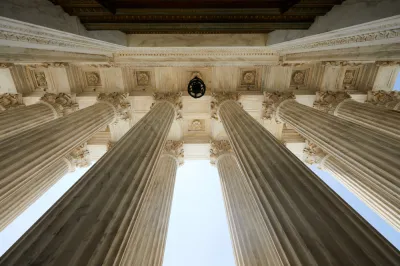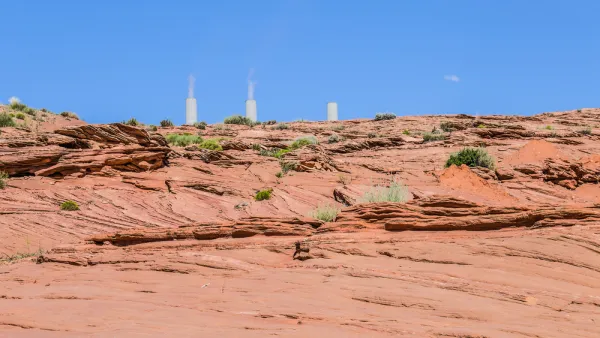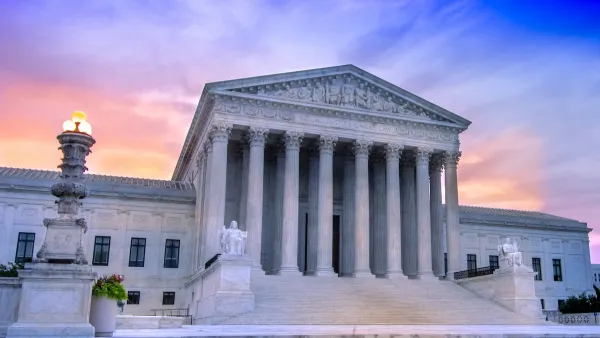By overturning the Chevron doctrine, the Supreme Court stripped federal agencies like the EPA of final say when interpreting ambiguous legislative policies, leaving future decisions up to judges.

According to an article from Grist, “The Supreme Court on Friday threw into question the future of climate and environmental regulation in the United States, scrapping a decades-old legal precedent that gave federal agencies leeway to interpret laws according to their expertise and scientific evidence.” Legal experts say the decision, which overturns the “Chevron deference” could lead to an increase in legal challenges against federal agency regulations that keep our land, water, and air clean, and mitigate climate change.
Grist reporters Jake Bittle and Zoya Teirstein write, “Federal courts have long deferred to federal agencies to interpret laws that are unclear and need further clarification. In 1984, a shorthanded Supreme Court ruled in a unanimous decision that federal agencies have the final say on ambiguous policies, which allowed those agencies broad authority to make decisions without fear of judicial override.” The Supreme Court’s recent decision revokes that authority and instead will leave decisions up to judges, who do not have the breadth of financial, scientific, and safety expertise that federal agencies have.
The Grist article delves deeper into the Court’s opinions, but broadly, the Court’s majority opinion (6-3) felt the Chevron deference stripped courts of judicial power and permitted overreach by the executive branch, while dissenting justices say that authority was crucial to protect the environment, public health, and economy and that, without it, the Supreme Court will now function as the “country’s administrative czar.”
“What’s at stake [in the decision] is whether courts are going to defer to agencies interpreting statutes or whether courts are going to stop doing that, and with more regularity take it on themselves to interpret the statutes even when they’re ambiguous, which means they may be in the position of making more policy choices,” Michael Burger, the director of the Sabin Center for Climate Change Law at Columbia University, told Grist.
FULL STORY: The Supreme Court overturns Chevron doctrine, gutting federal environmental protections

National Parks Layoffs Will Cause Communities to Lose Billions
Thousands of essential park workers were laid off this week, just before the busy spring break season.

Retro-silient?: America’s First “Eco-burb,” The Woodlands Turns 50
A master-planned community north of Houston offers lessons on green infrastructure and resilient design, but falls short of its founder’s lofty affordability and walkability goals.

Delivering for America Plan Will Downgrade Mail Service in at Least 49.5 Percent of Zip Codes
Republican and Democrat lawmakers criticize the plan for its disproportionate negative impact on rural communities.

Test News Post 1
This is a summary

Test News Headline 46
Test for the image on the front page.

Balancing Bombs and Butterflies: How the National Guard Protects a Rare Species
The National Guard at Fort Indiantown Gap uses GIS technology and land management strategies to balance military training with conservation efforts, ensuring the survival of the rare eastern regal fritillary butterfly.
Urban Design for Planners 1: Software Tools
This six-course series explores essential urban design concepts using open source software and equips planners with the tools they need to participate fully in the urban design process.
Planning for Universal Design
Learn the tools for implementing Universal Design in planning regulations.
EMC Planning Group, Inc.
Planetizen
Planetizen
Mpact (formerly Rail~Volution)
Great Falls Development Authority, Inc.
HUDs Office of Policy Development and Research
NYU Wagner Graduate School of Public Service





























